6-CHLORO-2,3,4,9-TETRAHYDRO-1H-CARBAZOLE-1-CARBOXAMIDE
Synonym(s):6-Chloro-2,3,4,9-tetrahydro-1H-Carbazole-1-carboxamide;6-Chloro-2,3,4,9-tetrahydro-1H-carbazole-1-carboxamide, racemic, SIRT1 Inhibitor III, SIRT2 Inhibitor IV, SIRT3 Inhibitor I, EX-527;SIRT1 Inhibitor III
- CAS NO.:49843-98-3
- Empirical Formula: C13H13ClN2O
- Molecular Weight: 248.71
- MDL number: MFCD03009471
- SAFETY DATA SHEET (SDS)
- Update Date: 2025-12-25 11:31:46
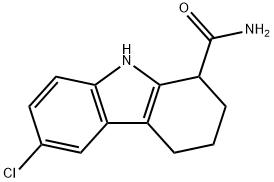
What is 6-CHLORO-2,3,4,9-TETRAHYDRO-1H-CARBAZOLE-1-CARBOXAMIDE?
Description
EX-527 (49843-98-3) is a selective SIRT1 inhibitor (IC50=98 nM). Does not inhibit other HDACs or SIRT family members. Increases p53 acetylation following DNA damage. Cell permeable.
The Uses of 6-CHLORO-2,3,4,9-TETRAHYDRO-1H-CARBAZOLE-1-CARBOXAMIDE
A selective inhibitor of SIRT1 over SIRT2 and SIRT3
The Uses of 6-CHLORO-2,3,4,9-TETRAHYDRO-1H-CARBAZOLE-1-CARBOXAMIDE
EX-527 is a potent and selective sirtuin 1 (SIRT1) inhibitor (IC50 38 nM) identified from a high throughput screen. EX-527 is more selective (200-500-fold) for SIRT1 than for SIRT2 or SIRT3 and has been shown to be a potent SIRT6 inhibitor using H3K56 deacetylation site based substrate. EX-527 does not inhibit class I/II HDAC activity at concentrations up to 100uM. Enhances p53 acetylation in response to DNA damaging agents. EX-527 is racemic; the active isomer (EX-243) gives similar results and potency whereas the other isomer (designated EX-242) is inactive.
The Uses of 6-CHLORO-2,3,4,9-TETRAHYDRO-1H-CARBAZOLE-1-CARBOXAMIDE
EX-527 has been used:
- in 1% dimethyl sulfoxide, 30%, polyethylene glycol-400 and 1% Tween 80 for treating C57BL/6 N mice to study its effect on intestinal morphological changes and crypt cell apoptosis
- as a an inhibitor of sirtuin 1, in treating human cancer lines MCF-7 (Michigan cancer foundation-7) and HCT116 (colon cancer cell line) incubated in Dulbecco′s modified Eagle′s medium, to study its effect on mitochondrial ATP (adenosine triphosphate) production
- Intracerebroventricularly infused in rat model of epileptogenesis, to access kainic acid–induced status epilepticus stimulated sirtuin 1 activity
What are the applications of Application
EX 527 is a potent inhibitor of the SIRT1 class III histone deacetylase enzyme, selective over SIRT2 and SIRT3.
Definition
ChEBI: 6-chloro-2,3,4,9-tetrahydro-1H-carbazole-1-carboxamide is a member of the class of carbazoles that is 2,3,4,9-tetrahydro-1H-carbazole which is substituted at position 1 by an aminocarbohyl group and at position 6 by a chlorine. It is a member of carbazoles, a monocarboxylic acid amide and an organochlorine compound.
General Description
A cell-permeable indole compound that acts as a potent and highly selective inhibitor of SIRT1 (IC50 = 98 nM). It inhibits other sirtuin family deacetylases only at much higher concentrations (IC50 = 19.6 and 48.7 μM for SIRT2 and SIRT3, respectively) and shows no inhibitory effect against class I and II HDACs or NAD glycohydrolase even at concentrations as high as 100 μM. Shown to be orally bioavailable with a serum half-life of 136 minutes in mice in vivo.
Biological Activity
Selective inhibitor of SIRT1 that does not inhibit histone deacetylase (HDAC) or other sirtuin deacetylase family members (IC 50 values are 98, 19600, 48700, > 100000 and > 100000 nM for SIRT1, SIRT2, SIRT3, HDAC and NADase respectively). Enhances p53 acetylation in response to DNA damaging agents.
Biochem/physiol Actions
Primary TargetSIRT1
Storage
Store at +4°C
References
1) Napper et al. (2005), Discovery of indoles as potent and selective inhibitors of the deacetylase SIRT1; J. Med. Chem., 48 8045 2) Solomon et al. (2006) Inhibition of SIRT1 catalytic activity increases p53 acetylation but does not alter cell survival following DNA damage; Mol. Cell, 26 28 3) Gertz et al. (2013) EX-527 inhibits Sirtuins by exploiting their unique NAD+-dependent deacetylation mechanism; Proc. Natl. Acad. Sci. USA, 110 e2772
Properties of 6-CHLORO-2,3,4,9-TETRAHYDRO-1H-CARBAZOLE-1-CARBOXAMIDE
| Melting point: | 179.0 to 183.0 °C |
| Boiling point: | 531.7±38.0 °C(Predicted) |
| Density | 1.388 |
| storage temp. | 2-8°C |
| solubility | Soluble in dimethyl sulfoxide, ethanol and dimethyl formamide. |
| form | powder |
| pka | 16.12±0.40(Predicted) |
| color | white to beige |
| Stability: | Stable for 2 years from date of purchase as supplied. Solutions in DMSO or ethanol may be stored at -20°C for up to 3 months |
Safety information for 6-CHLORO-2,3,4,9-TETRAHYDRO-1H-CARBAZOLE-1-CARBOXAMIDE
| Signal word | Danger |
| Pictogram(s) |
 Skull and Crossbones Acute Toxicity GHS06  Exclamation Mark Irritant GHS07 |
| GHS Hazard Statements |
H301:Acute toxicity,oral H302:Acute toxicity,oral H319:Serious eye damage/eye irritation |
| Precautionary Statement Codes |
P264:Wash hands thoroughly after handling. P264:Wash skin thouroughly after handling. P301+P310:IF SWALLOWED: Immediately call a POISON CENTER or doctor/physician. P305+P351+P338:IF IN EYES: Rinse cautiously with water for several minutes. Remove contact lenses, if present and easy to do. Continuerinsing. P337+P313:IF eye irritation persists: Get medical advice/attention. |
Computed Descriptors for 6-CHLORO-2,3,4,9-TETRAHYDRO-1H-CARBAZOLE-1-CARBOXAMIDE
New Products
Indole Methyl Resin tert-butyl 9-methoxy-3-azaspiro[5.5]undecane-3-carboxylate Boc-His(Boc)-OH 2-CTC Resin 4-Chloro-7-tosy1-7Hpyrrolo[2,3-d]pyrimidine 5,7-Dibromo-1H-indole 2,5-dichloro-N-hydroxy-4,6-dimethylpyridine-3-carboximidamide 2,2-Dimethoxy-7-azaspiro[3.5]nonane hydrochloride 4-chloromethyl-5-methyl-1,3-dioxol-2-one (DMDO-Cl) R-2-BENZYLOXY PROPIONIC ACID 1,1’-CARBONYLDIIMIDAZOLE 1,1’-CARBONYLDI (1,2-4 TRIAZOLE) N-METHYL INDAZOLE-3-CARBOXYLIC ACID 4-((2-hydroxyethyl)thio)benzoic acid 1-(TERT-BUTOXYCARBONYL)-2-PYRROLIDINONE Methyl 6-methylnicotinate 3-Pyridineacrylic acid tert-Butyl carbazate TETRAHYDRO-2H-PYRAN-3-OL 2-((4-morpholinophenylamino) (methylthio) methylene) malononitrile 3-(4-morpholinophenylamino)-5-amino-1H-pyrazole-4-carbonitrile 2,4-dihydroxybenzaldehyde 1,3-Diethyl-1,3-Diphenylurea Methyl 2-methylquinoline-6-carboxylateRelated products of tetrahydrofuran
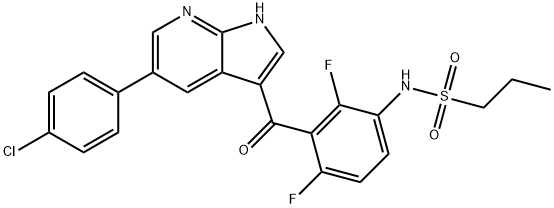

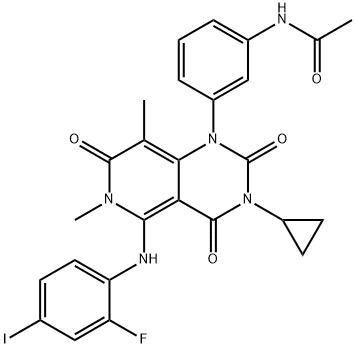
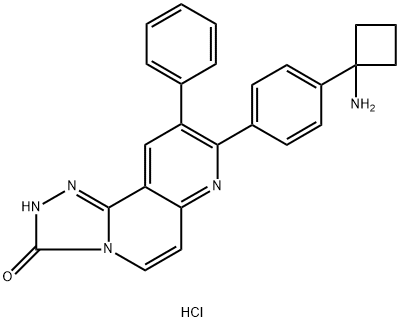
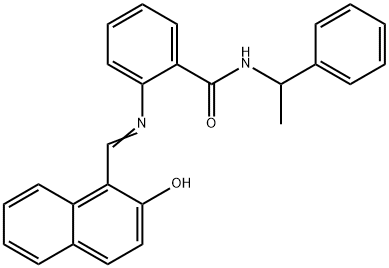

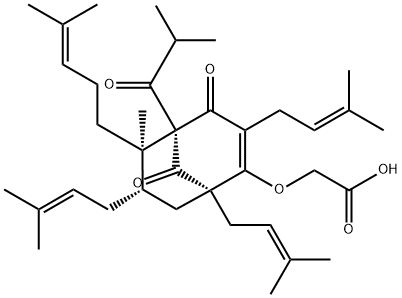
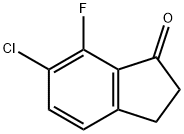
You may like
-
 EX 527 CAS 49843-98-3View Details
EX 527 CAS 49843-98-3View Details
49843-98-3 -
 EX-527 98% (HPLC) CAS 49843-98-3View Details
EX-527 98% (HPLC) CAS 49843-98-3View Details
49843-98-3 -
 EX-527 CAS 49843-98-3View Details
EX-527 CAS 49843-98-3View Details
49843-98-3 -
 Pyridine 99.5% HPLC /UV SpectroscopyView Details
Pyridine 99.5% HPLC /UV SpectroscopyView Details
110-86-1 -
 Piperazine Spot supply, best priceView Details
Piperazine Spot supply, best priceView Details
110-85-0 -
 Dibutyl PhthalateView Details
Dibutyl PhthalateView Details
84-74-2 -
 Imidazole Spot supply, competitive priceView Details
Imidazole Spot supply, competitive priceView Details
288-32-4 -
 Thiourea 99% ARView Details
Thiourea 99% ARView Details
62-56-6
